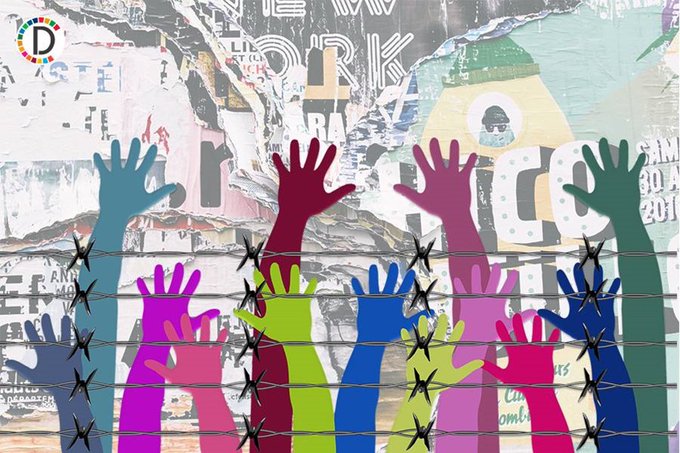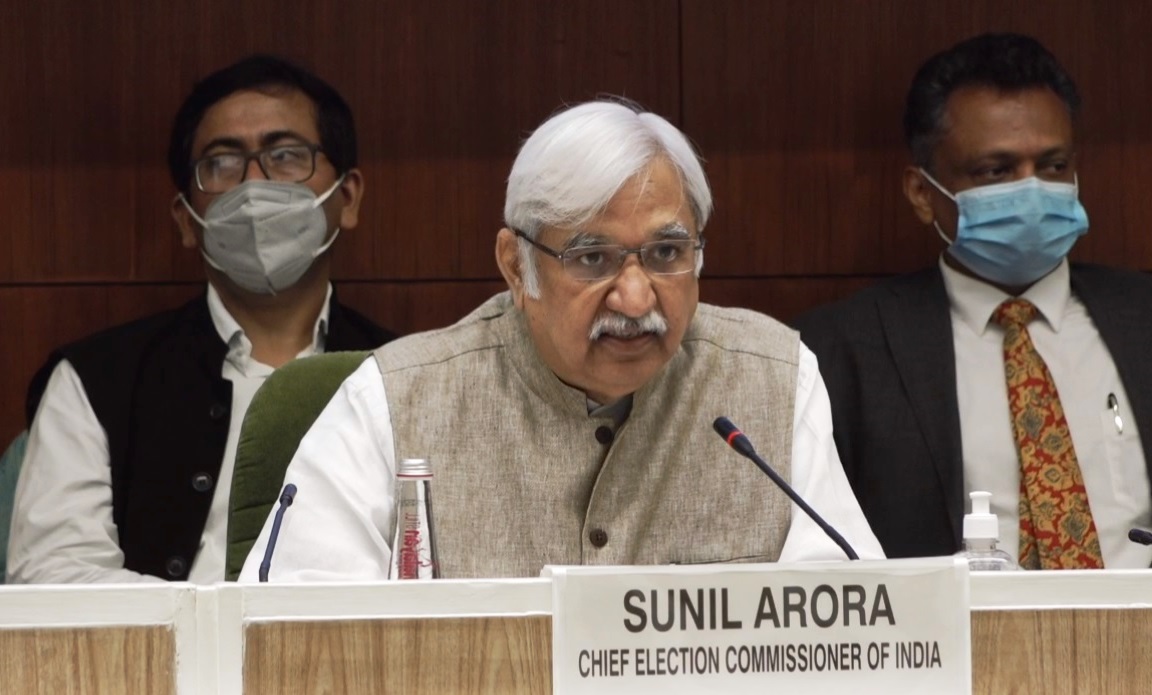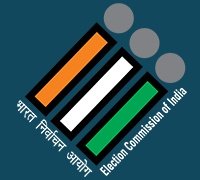The concept of simultaneous elections has been featured in many reports and studies since 1983, essentially implying a return to the previous practice of conducting polls concurrently, the high level panel on ‘one nation, one election’ has noted
 KRC TIMES National Bureau
KRC TIMES National Bureau

The concept of simultaneous elections has been featured in many reports and studies since 1983, essentially implying a return to the previous practice of conducting polls concurrently, the high level panel on ‘one nation, one election’ has noted.
The panel led by former president Ram Nath Kovind submitted its report to President Droupadi Mumu on Thursday, recommending simultaneous elections for Lok Sabha and state assemblies as the first step followed by synchronised local body polls within 100 days.
“The concept of simultaneous elections has been featured in many reports and studies, essentially implying a return to the previous practice of conducting elections concurrently. In its inaugural Annual Report in 1983, the Election Commission of India advocated the idea of conducting simultaneous elections for both the House of the People and the State Legislative Assemblies,” the report said.
The Law Commission studied the various issues involved in the conduct of elections and recommended in its reports of 1999, 2015 and 2018 (draft) the adoption of the practice of simultaneous elections to free citizens, political parties and government authorities from the encumbrance of asynchronous elections.
“In 2002, the National Commission to Review the Working of the Constitution recognised the bane of separate elections and urged for the restoration of simultaneous elections. The Department-related Parliamentary Standing Committee on Personnel, Public Grievances, Law and Justice made a thorough study of the issues involved in holding of elections in 2015 and recommended that simultaneous elections will be necessary to enable India to move on to the path of high economic development,” the report said.
“The Committee, in its report on the “Feasibility of holding simultaneous elections to the House of the People (Lok Sabha) and State Legislative Assemblies,” acknowledged several reasons supporting the idea of conducting elections simultaneously,” it added.
In January 2017, NITI Aayog formulated a working paper titled “Analysis of Simultaneous Elections: The What, Why and How,” exploring the prospect of holding concurrent elections for the House of the People and State Legislative Assemblies.
“The document examined current constitutional provisions and the financial and logistical considerations associated with simultaneous elections and formulated a framework for the implementation of such synchronized electoral processes. The desirability of conducting simultaneous elections is underscored on various grounds, as indicated in these reports,” it said.






